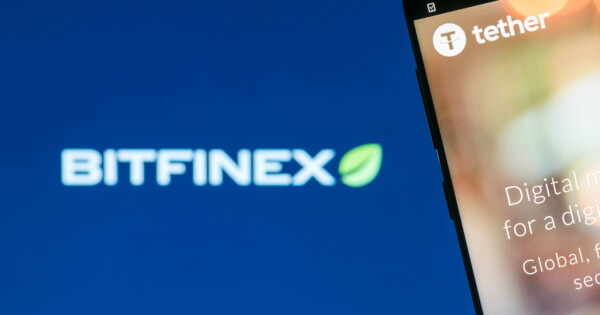Understanding zkSync (ZK): A Comprehensive Overview
Ted Hisokawa Jun 17, 2024 07:49
Explore zkSync, a Layer-2 protocol designed to scale Ethereum using zero-knowledge cryptographic proof-based technology, enhancing throughput while maintaining security and decentralization.

Introduction to zkSync
zkSync is a Layer-2 protocol designed to scale Ethereum using advanced zero-knowledge (ZK) cryptographic proof-based technology. According to Bitfinex, the primary goal of zkSync is to enhance Ethereum’s throughput while maintaining its core values of decentralization, security, and self-sovereignty. This protocol achieves this by utilizing ZK-rollups, which allow transactions to be processed off-chain and then batched together and submitted to Ethereum in a single proof. This method significantly increases transaction speeds and reduces costs without compromising security, making zkSync a robust solution for scaling Ethereum.
Hyper Scalability and User Experience
One of the critical use cases that zkSync addresses is the need for hyper scalability in the blockchain ecosystem. Hyper scalability refers to the ability to process an unlimited number of transactions without a marginal impact on security or cost. zkSync’s ZK Stack framework supports this by enabling the creation of multiple ZK-powered blockchains that share users and liquidity, thus distributing the load and enhancing overall scalability. This approach ensures that as demand for blockchain applications grows, zkSync can handle the increased load efficiently.
zkSync also focuses on providing a superior user experience (UX). The protocol supports native account abstraction, which allows developers to create user-friendly applications that can abstract away complex processes like seed phrase management and gas fee payments. For example, users can schedule and automate payments or pay gas fees in any token, or even have the gas fees paid on their behalf. These features are designed to make blockchain technology more accessible and intuitive, paving the way for broader adoption.
Security Measures
Security remains a top priority for zkSync. The protocol employs a multi-dimensional approach to protect users against bugs, exploits, scams, and hacks. The zkSync testnet ran for a full year, during which extensive audits and stress tests were conducted to ensure robustness. By inheriting Ethereum’s security through ZK-rollups and employing additional security measures, zkSync aims to provide a highly secure environment for decentralized finance (DeFi) applications. This combination of scalability, UX improvements, and security positions zkSync as a pivotal player in the effort to bring Ethereum to a global scale.
What is the ZK Token?
The ZK token serves as the native utility and governance token within the zkSync ecosystem, playing a crucial role in maintaining and enhancing the protocol’s operations. One of its primary use cases is to pay for transaction fees on the zkSync network. By utilizing ZK tokens for fees, users benefit from lower costs compared to the main Ethereum network, thanks to zkSync’s efficient Layer-2 scaling solutions. This incentivizes users to adopt zkSync for their transactions, thereby increasing network activity and liquidity.
In addition to transaction fees, the ZK token is central to zkSync’s governance framework. Token holders can participate in the decision-making process by voting on key proposals that affect the future direction of the protocol. This decentralized governance model ensures that the zkSync ecosystem evolves in a manner that reflects the collective interests of its community. Decisions on protocol upgrades, parameter adjustments, and the introduction of new features are made more transparent and democratic through the active involvement of ZK token holders.
The ZK token also plays a vital role in incentivizing network security and participation. Users can stake their ZK tokens to support the network’s security infrastructure. Stakers are rewarded with additional ZK tokens, providing them with a financial incentive to contribute to the network’s resilience and stability. This staking mechanism not only enhances security but also encourages long-term commitment from participants, fostering a more robust and engaged community.
Lastly, the ZK token is used to incentivize liquidity provision within the zkSync ecosystem. Liquidity providers are rewarded with ZK tokens for adding liquidity to various pools, which is essential for the smooth functioning of decentralized exchanges (DEXs) and other DeFi applications running on zkSync. By offering rewards in ZK tokens, zkSync ensures that there is sufficient liquidity available to support high-volume trading and other financial activities, thus enhancing the overall utility and attractiveness of the platform. This comprehensive use of the ZK token across multiple facets of the ecosystem underscores its importance in driving the adoption and success of zkSync.
ZK Tokenomics
For those interested in acquiring ZK tokens, users can purchase them using either cryptocurrency or fiat on platforms like Bitfinex. The process involves logging into a Bitfinex account, depositing funds, and then trading them for ZK tokens. This flexibility in purchasing options makes it easier for a broader audience to participate in the zkSync ecosystem.
Image source: Shutterstock.jpg)